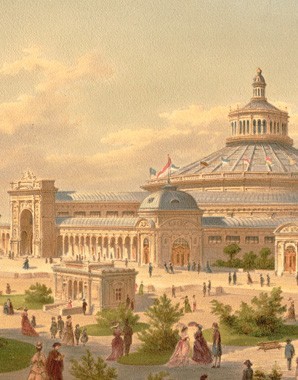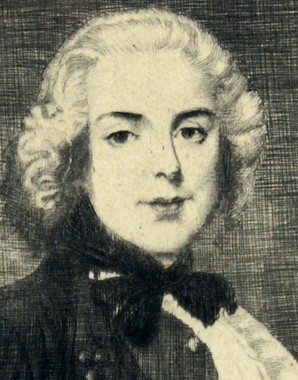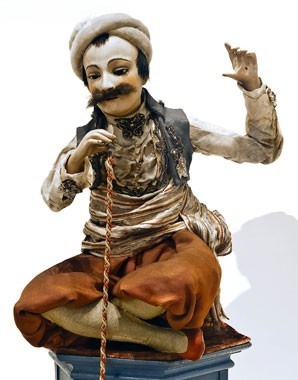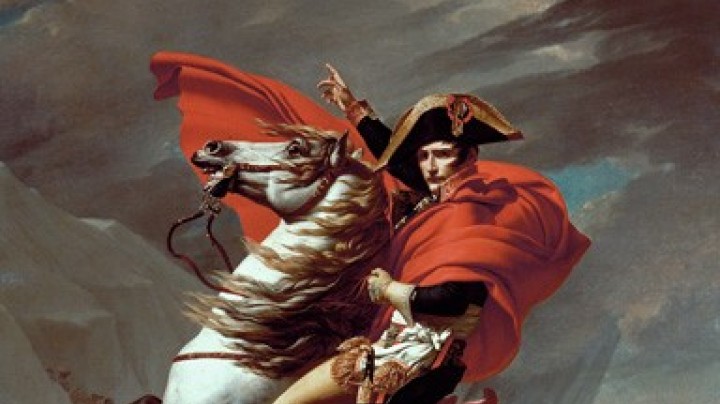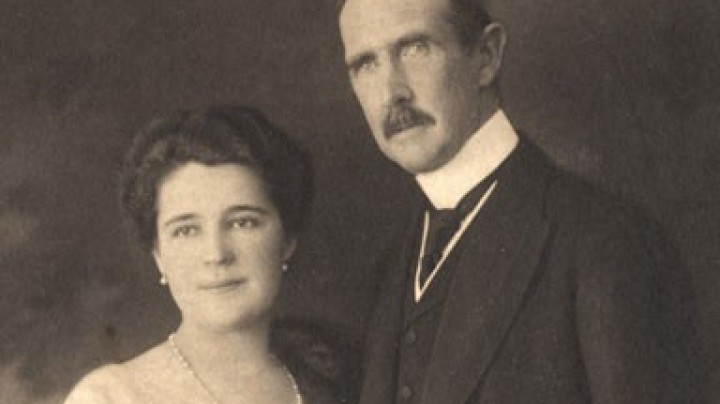The classic ‘Other’. Habsburgs à la turca (Part 2)
Politics, diplomacy and culture. Exchange with the Ottoman Empire was promoted on all levels – yet stereotypes of the ‘wicked Oriental bogeyman’ continued to persist.
Sultan Abdulaziz visited Austria in 1867, the first sultan to arrive on Austrian soil as a friend rather than a foe. That the visit was a high occasion of state was made abundantly clear by the Sultan’s being met at the railway station and accompanied to Schönbrunn personally by Emperor Franz Joseph.
State occasions such as this together with the process of cultural exchange contributed to the exotic interest of Ottoman culture, and erstwhile xenophobic images gave way to the ‘Oriental Style’. Social elites showed particular interest in these exotic worlds. From the time when Mozart named a movement from one of his piano sonatas Rondo alla turca, the vogue for all things Turkish grew. During the nineteenth century oriental studies established themselves in Austria, and Turkish culture was also presented in the World Exhibition of 1873 as part of the ‘Cercle Occidentale’.
Nonetheless, xenophobic images of Turks continued to persist, culminating in the stereotype of the ‘wicked Oriental bogeyman’. This accounts for the success of the children’s book Hatschi Bratschis Luftballon (Hatschi Bratschi’s Balloon) by Franz Karl Ginzkey published in 1904, a revised edition of which is still in print today. A centuries-old image of fear resurfaces here: the Turk Hatschi Bratschi captures children in his balloon in order to carry them off to the land of the Turks. ‘Er spricht und droht ihm mit der Hand: Du kommst mit mir ins Türkenland’ (‘He says with raised and threatening hand: You’re off with me to Turkeyland’).


